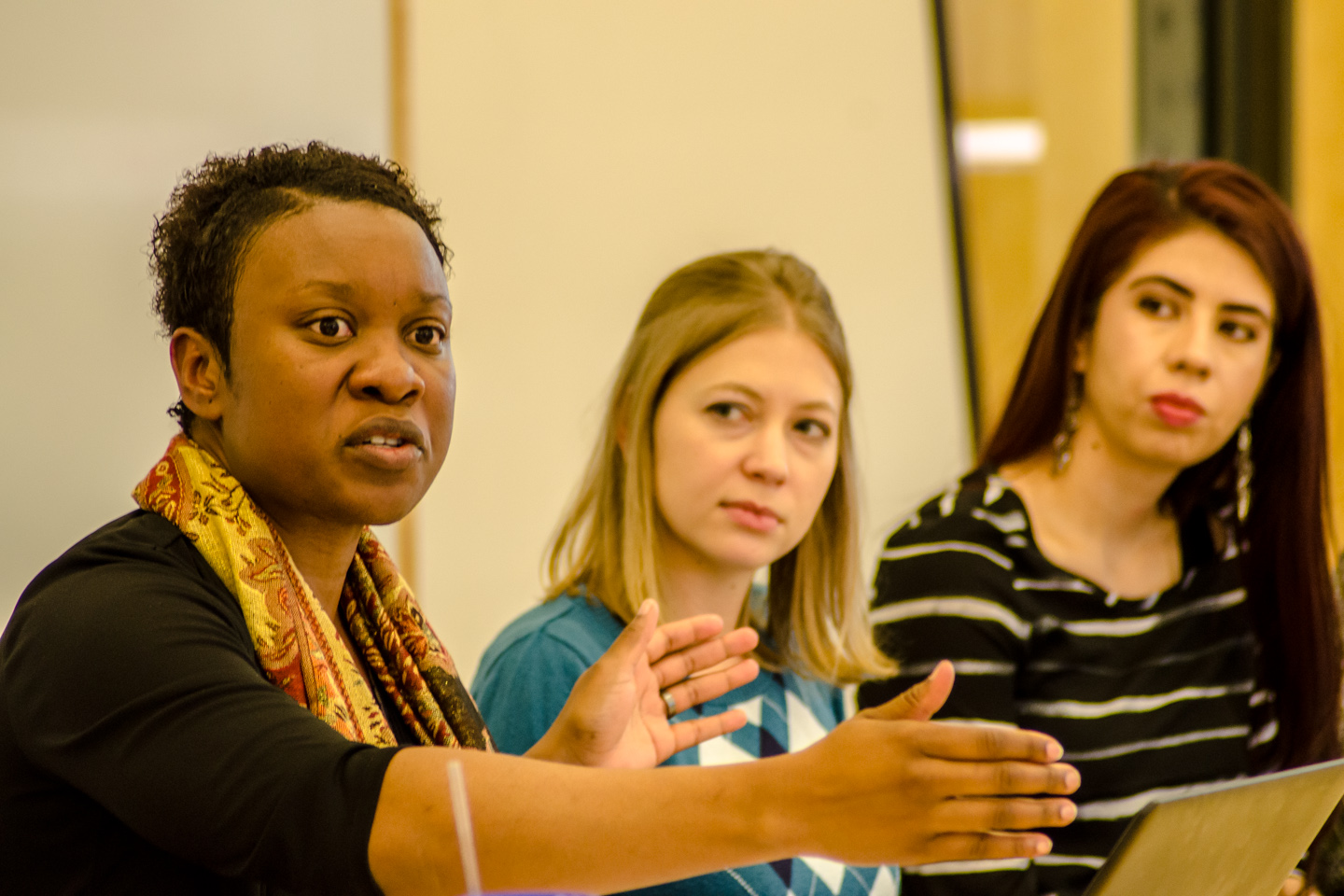For years, the Southern Ute Tribe has gone far and beyond in building a healthier community for its members. A new dental and optometry building was only the start. With the addition of newer staff and department directors, the Southern Ute Health Department’s vision of providing top quality care for tribal members is set for a bright future.
The Southern Ute Health Department gathered with affiliates from the Connect for Health Colorado Organization and the Colorado Department of Public Health on Monday, Dec. 8 to address updates happening within the Southern Ute Indian Reservation. Ernest House Jr. from the Colorado Commission of Indian Affairs was also present.
“We are bringing out the awareness of what the Tribe has done,” said Lola Osawe, Tribal Health Director. “From injury prevention to diabetes programs, we have some of the best programs I’ve seen. We’re continuing to build trust between patients and care providers. There is a lot of activity going on across the department and we want Tribal members to be aware.”
The Southern Ute Health Department went on with their introduction to newer services. Patients now have access to a dialysis van, which will be used to transfer patients to clinics inside and outside the Southern Ute Indian Reservation. It will be configured with high quality equipment while providing comfort for elders and dialysis patients. Patient pick-ups can be scheduled through the Southern Ute Health Center by contacting LuRhea Ramone.
The Health Department included the recognition of homemaker services that are offered to tribal elders.
“We have helped 81 elders,” she said. “Our elder homemaker services focuses on lending elders an extra hand with housework, including cooking and cleaning. We want to ensure our elders have their flu shots, and we also do food checks if they are diabetic. We have a census of our elders and do house visits to see if they want any additional help. If they’re not interested, then we respect that as well.”
Behavioral health was an important topic, focusing on outreach programs and suicide prevention. Studies have shown that poverty, unemployment, domestic violence, sexual assault, alcoholism and drug addiction are key factors in suicide with young American Indians. The growing number of suicide in American Indian reservations has reached to toxic proportions, more than three times the national average with up to 10 occurrences on a number of reservations.
“Behavioral Health Services provides primary care for our patients,” Osawe said. “We have a psychiatrist and psychologist who reach out to patients who feel like they’re struggling. There’s no argument that there’s plenty that needs to be done with substance abuse, family therapy, and coping skills. There are a lot of people who wait until things get really bad before they seek help. Families must understand that we have resources in place … the first thing to do is prevent. There’s so many ways in dealing with life challenges and people shouldn’t be afraid to say they need help.”
According to statistics, behavioral health can be affected with diabetes and obesity, which is the number one health concern within the American Indian population.
The percentage of type 2 diabetes with American Indians over the age of 19 is 12.2% and continues to rapidly increase. Diabetes can obstruct blood circulation and weaken small vessels in the brain. This can cause tissue damage and affect mental functions, which can eventually lead to depression and anxiety. Potentially, diabetics could develop serious conditions like dementia, Alzheimer’s, or stroke.
“[The Health Department] will continue to focus on physical health, spiritual health, and mental health,” Osawe concluded. “If you’re hurting in any of these places, then we are here to provide that aid. The Tribe is far ahead than other tribes in providing this network of care. We want to continue with building trust for our patients and do what we can to prevent.”

